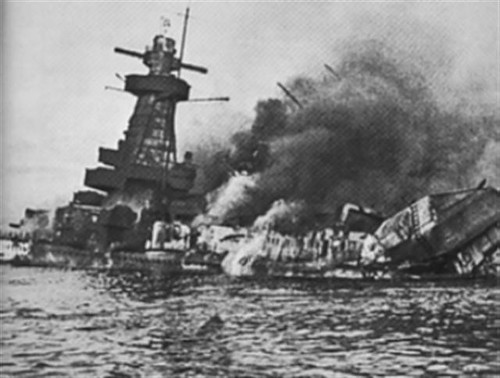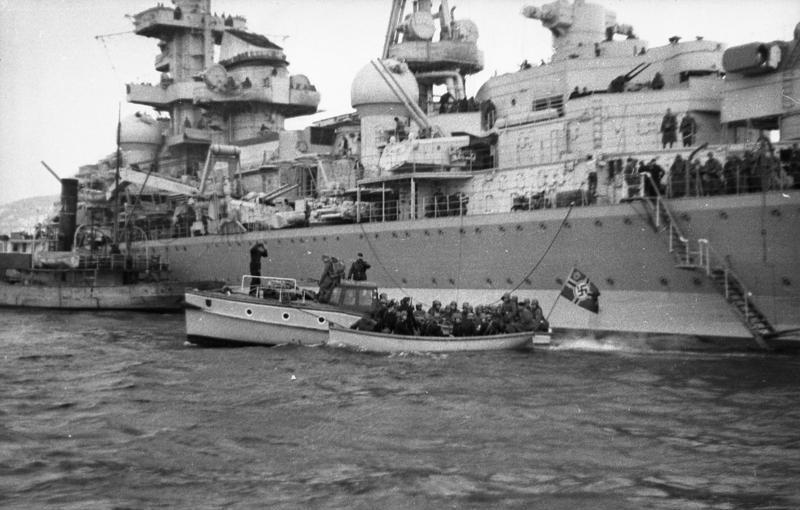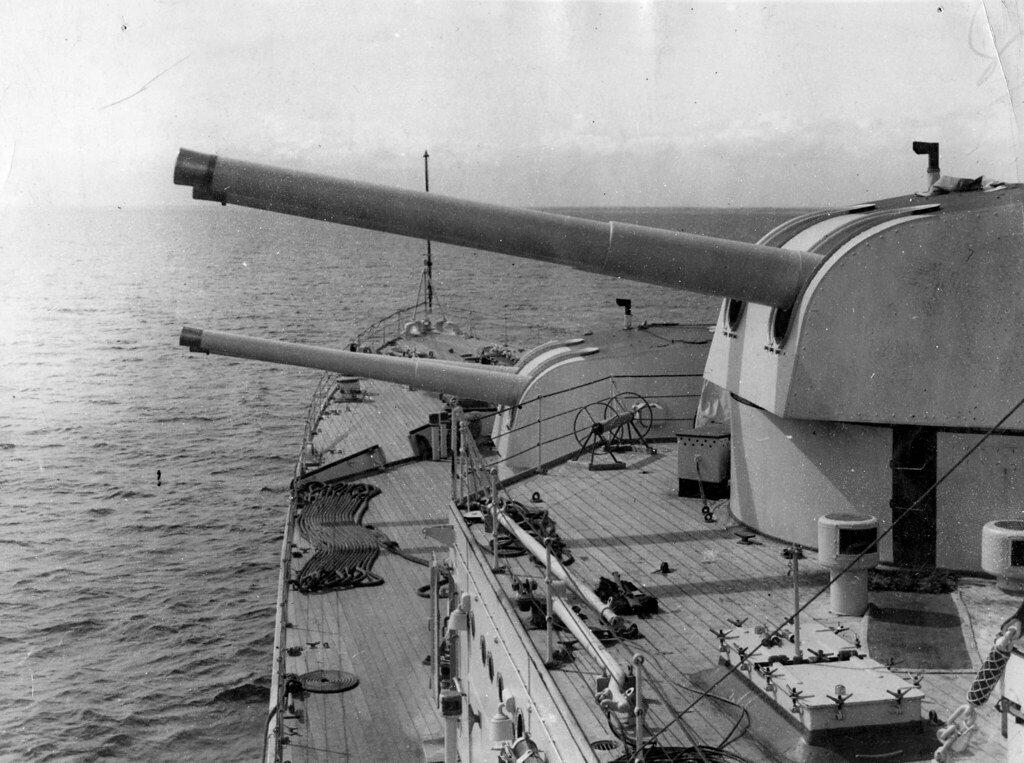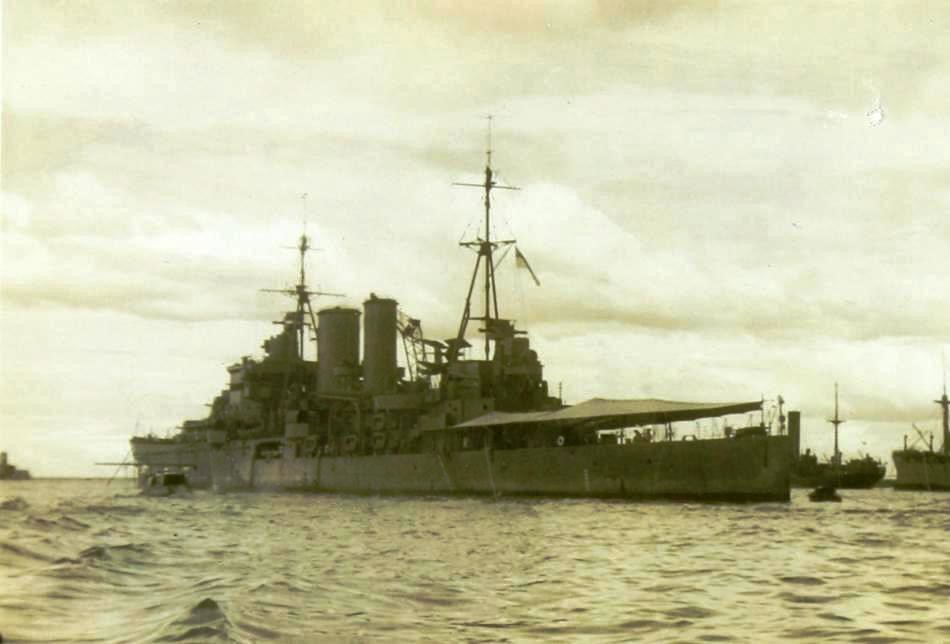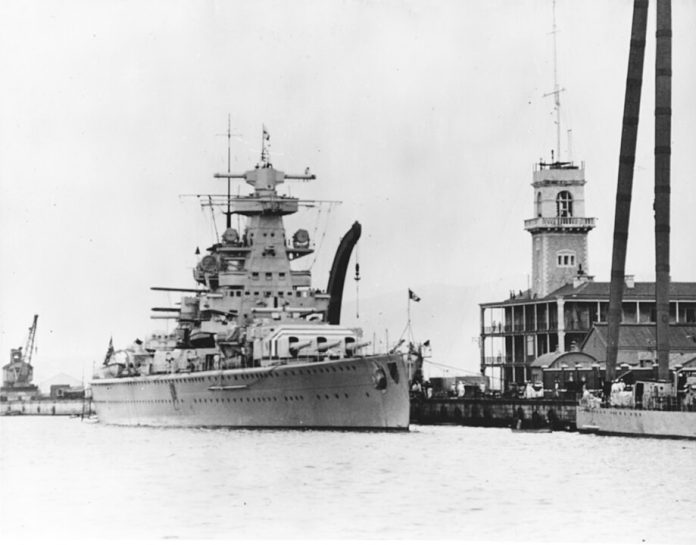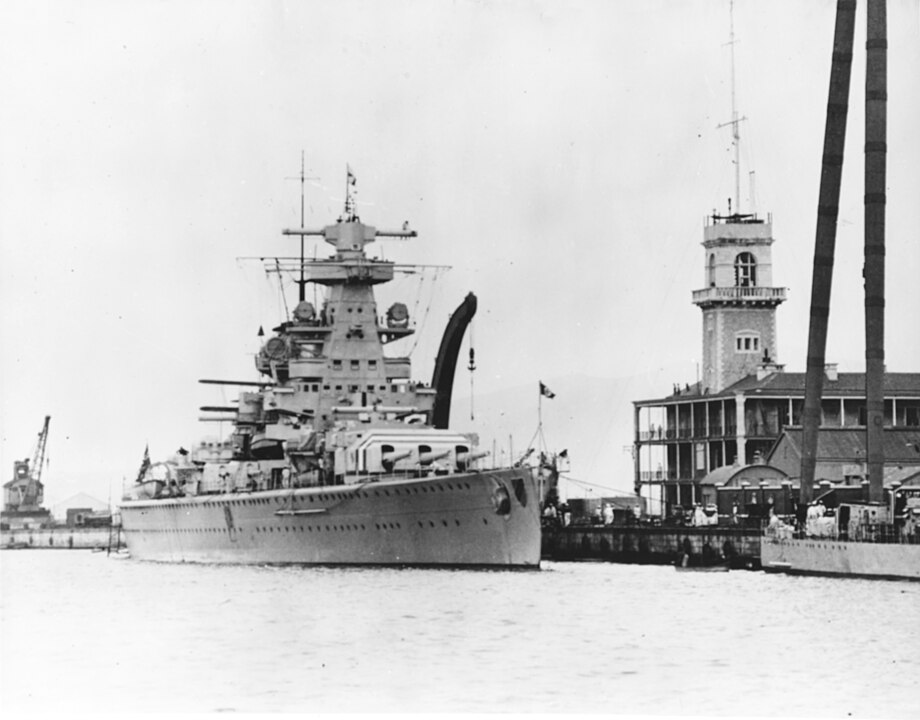
In the interwar period, Nazi Germany ingeniously circumvented the restrictions of the Versailles Treaty through the construction of “pocket battleships,” which served as a unique solution to rearmament limitations and played a crucial role in World War II as commerce raiders. Built under the guise of heavy cruisers, these ships combined the speed of cruisers with the firepower of battleships, a hybrid that British observers promptly dubbed “pocket battleships.”
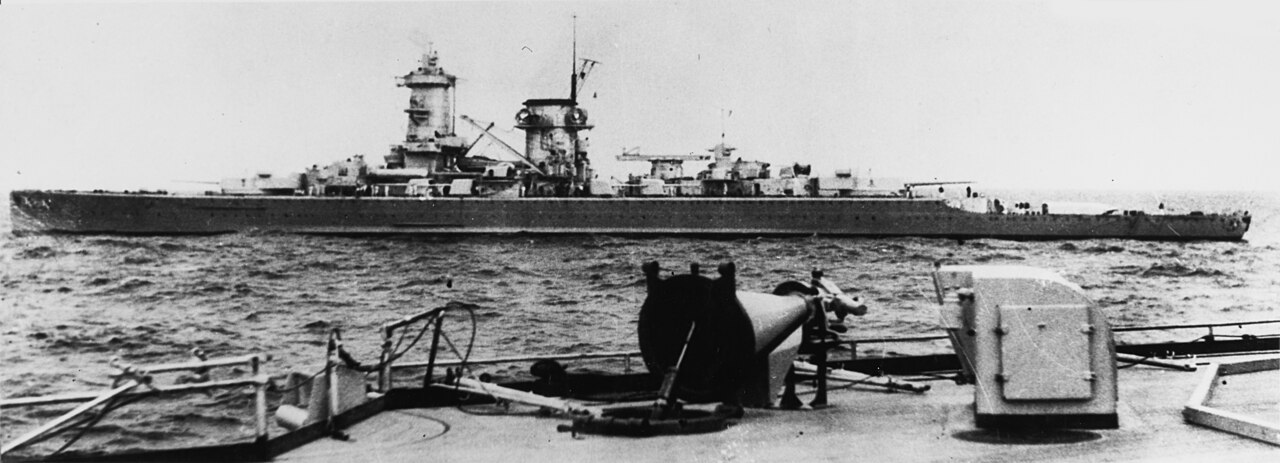
The Treaty of Versailles severely restricted the size and armament of the German Navy, relegating Germany to a position of maritime inferiority. To counter these limitations, Germany embarked on the construction of the Deutschland-class cruisers between 1929 and 1936. “Those warships directly broke the rules imposed on Germany by the Washington Treaty,” and were larger than the treaty allowed, displacing between 10,600 to 12,340 long tons. This surreptitious rearmament effort continued under the Weimar Republic and intensified with the rise of the Nazis, who did not attempt to hide their ambitions for a fortified military.
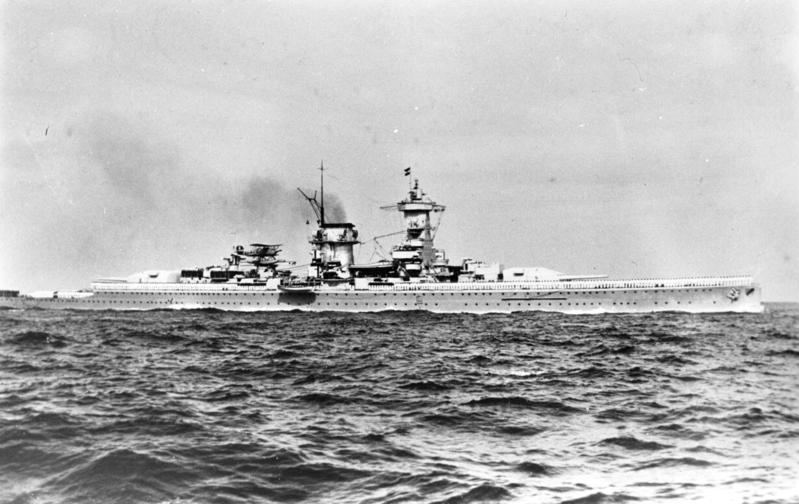
The Deutschland-class, officially designated as heavy cruisers, were much more than their classification suggested. Each ship carried six 11-inch guns in the primary battery, a size of armament traditionally reserved for battleships. This innovative design provided them with capabilities exceeding most contemporary cruisers, allowing for a dual role: “With the speed of a cruiser – and able to reach 28 knots – along with the firepower of a capital ship, the pocket battleships seemed ideally suited to a specific purpose, one that certainly wasn’t defensive in nature: commerce raiding.”

Their combat effectiveness was first tested during the Spanish Civil War, where Deutschland and Admiral Scheer saw action in shore bombardments. However, it was during World War II that the role of the pocket battleships as formidable commerce raiders was solidified. These ships, reclassified as heavy cruisers by the outbreak of the war, set sail to disrupt Allied shipping lanes and challenge naval forces.
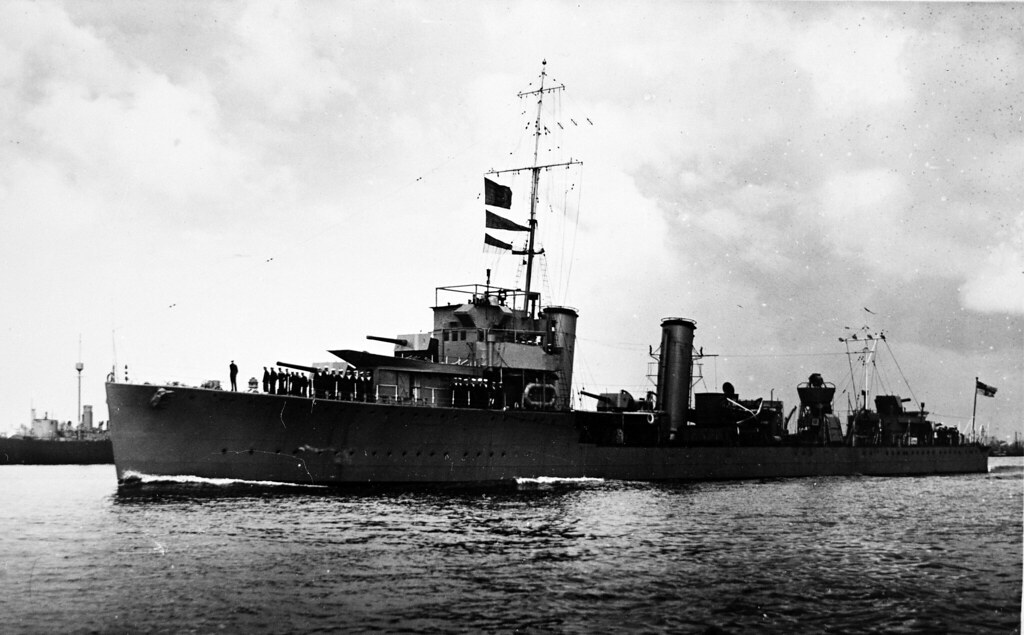
The most notorious of these ships was Admiral Graf Spee. Operating in the South Atlantic, Admiral Graf Spee became a significant threat to Allied merchant vessels. Between September and December 1939, she sank nine ships totaling 50,089 GRT. This success prompted a vigorous Allied response, leading to the famed Battle of the River Plate on December 13, 1939, “the first naval battle of the Second World War.” In this engagement, Admiral Graf Spee inflicted heavy damage on the British ships but was also damaged and forced to seek refuge in the neutral port of Uruguay. To avoid capture by pursuing British forces and unable to escape to the open sea, Captain Hans Wilhelm Langsdorff made the decision to scuttle the ship.
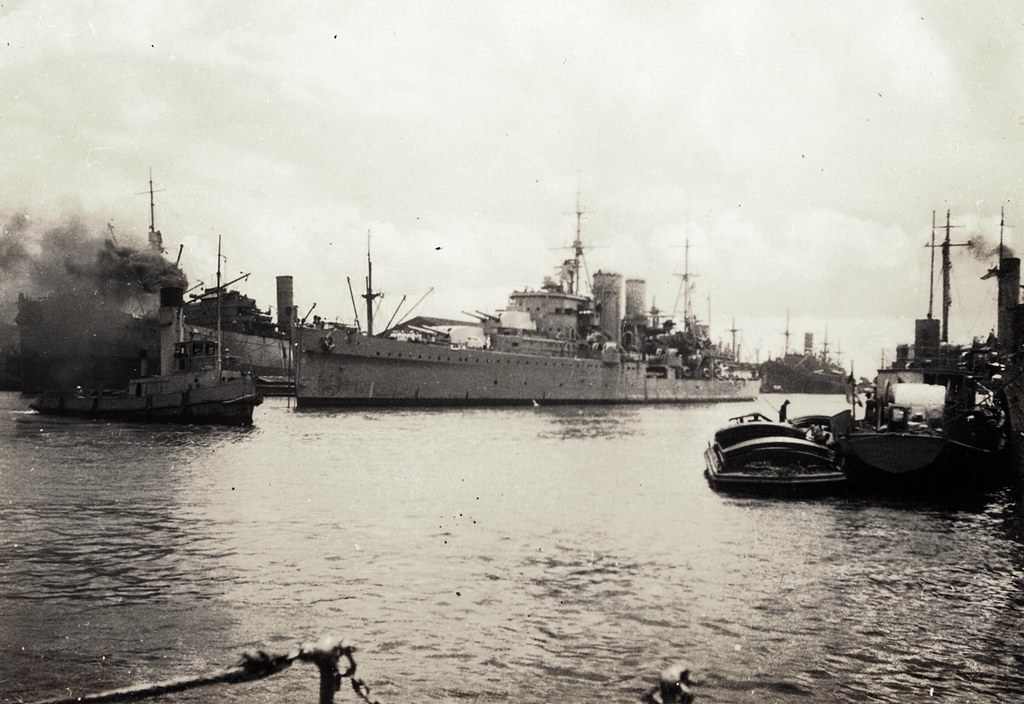
Admiral Scheer and Lützow (formerly Deutschland) also served as commerce raiders, with Admiral Scheer proving to be “the most accomplished capital ship surface raider of the war.” However, her sister ships also faced their demise, Lützow being heavily damaged by the war’s end, and Admiral Scheer capsizing in port after a British air raid in April 1945.
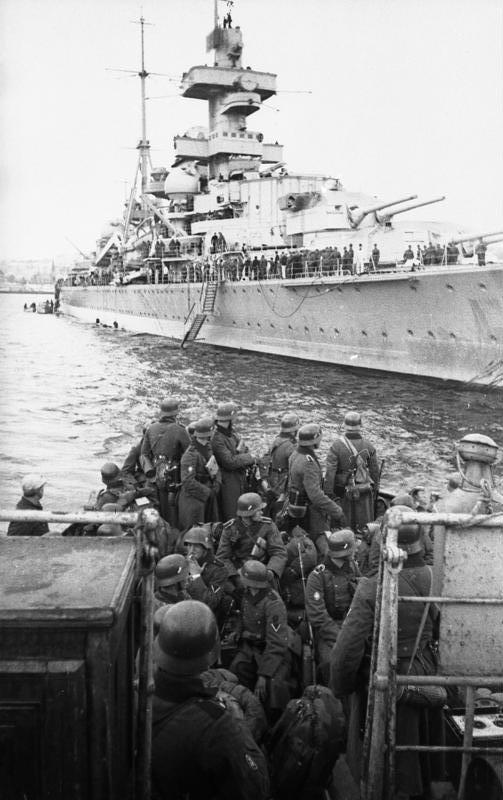
The strategic concept of the pocket battleship, while innovative, had its limitations. It soon became evident that these ships were outclassed by the Royal Navy’s battlecruisers and France’s fast battleships. This recognition led to the development of the Scharnhorst and Gneisenau fast battleships, marking a shift in German naval strategy. However, the Scharnhorst-class, despite adhering to the Washington Naval Treaty’s restrictions, could not decisively challenge Royal Navy dominance, as evidenced by Scharnhorst’s sinking in 1943.
related images you might be interested.
